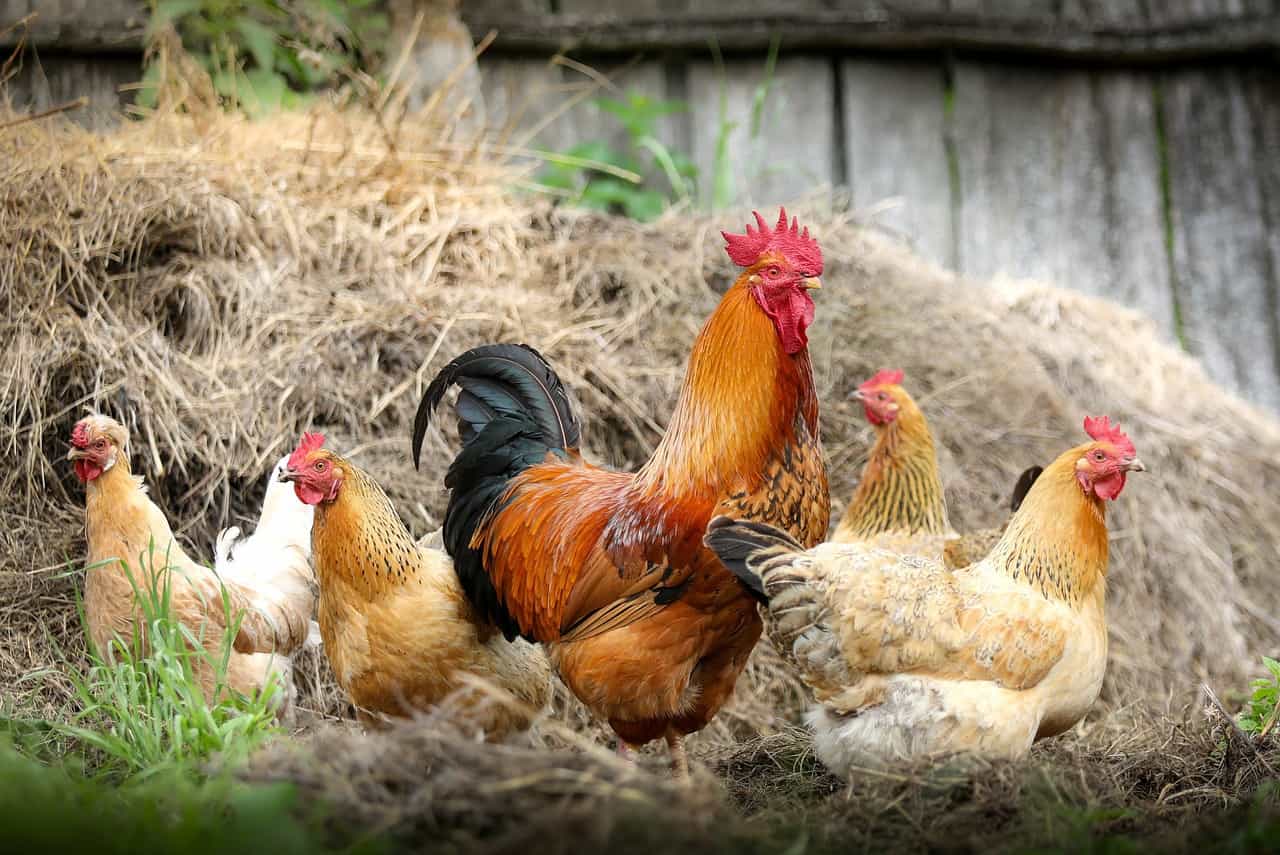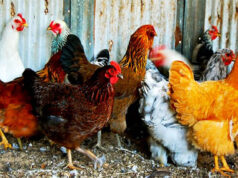In recent years, there’s been growing concern among poultry enthusiasts about a condition known as semolina chicken disease. This ailment, although uncommon, has raised numerous questions and worries within the poultry community. Understanding this disease, its symptoms, and potential remedies is essential for ensuring the health and well-being of your flock.

What is Semolina Chicken Disease?
Semolina chicken disease is a relatively rare condition that affects chickens. It is characterized by symptoms that often resemble other poultry diseases, leading to possible misdiagnoses. The name is derived from the distinct, granulated appearance of the infected tissue, similar to semolina grains.

Causes of Semolina Chicken Disease
The exact cause of semolina chicken disease is still under investigation. However, most experts believe it is likely related to certain environmental factors or underlying infections. Nutritional deficiencies and poor living conditions can exacerbate the likelihood of this disease manifesting in your flock.

Symptoms of Semolina Chicken Disease
Recognizing the symptoms of semolina chicken disease early can make a significant difference in managing and treating the condition. Common signs include:
- Granulated lesions on the skin and internal organs
- Reduced appetite
- Weight loss
- Lethargy and reduced activity levels
- Changes in feather quality and color
Granulated Lesions
The hallmark of semolina chicken disease is the appearance of granulated lesions on various parts of the chicken’s body. These lesions can be observed on the skin, liver, and other internal organs during advanced stages of the disease.
Appetite and Weight Loss
Chickens suffering from semolina chicken disease often exhibit a significant reduction in appetite. This leads to noticeable weight loss and general weakening of the bird.

Diagnosis of Semolina Chicken Disease
Diagnosing semolina chicken disease can be challenging due to its resemblance to other poultry illnesses. A thorough examination by a veterinarian, including blood tests and tissue biopsies, is essential for an accurate diagnosis.
Treatment Options for Semolina Chicken Disease
Once diagnosed, treating semolina chicken disease involves a multi-faceted approach:
- Improving Nutritional Intake
- Enhancing Living Conditions
- Medical Interventions
- Regular Monitoring and Support
Improving Nutritional Intake
A balanced diet rich in essential vitamins and minerals can help bolster the health of chickens diagnosed with semolina chicken disease. Additionally, providing supplements can aid in addressing any nutritional deficiencies.
Enhancing Living Conditions
Ensuring that the living environment is clean, dry, and well-ventilated can significantly reduce the risk of exacerbating the disease.
Medical Interventions
In some cases, veterinarians may prescribe antibiotics or other medications to manage secondary infections and alleviate symptoms.
Preventative Measures for Semolina Chicken Disease
Prevention is always better than cure. Here are some steps to prevent the occurrence of semolina chicken disease in your flock:
- Maintain a Clean Living Environment
- Provide a Balanced Diet
- Regular Health Check-ups
- Reduce Stress Factors
Maintaining a Clean Living Environment
Regular cleaning of coops and living spaces can prevent the buildup of harmful bacteria and parasites.
Providing a Balanced Diet
Ensuring that your flock receives a diet rich in essential nutrients helps in maintaining overall health and immunity against diseases.
Regular Health Check-ups
Routine health examinations by a veterinarian can catch and address potential health issues before they escalate.
Impact on Egg Production
Chickens affected by semolina chicken disease may show a decline in egg production. The quality of eggs may also be compromised, affecting their commercial viability.
Management of Infected Flocks
Managing a flock when a chicken is diagnosed with semolina chicken disease requires careful planning and execution. Isolate affected birds and implement strict biosecurity measures to prevent the spread of the disease.
Case Studies and Real-life Examples
Sharing real-life examples and case studies of flocks affected by semolina chicken disease can provide valuable insights and practical tips for managing the condition. These stories often highlight the importance of early detection, proper management, and preventive measures.
Expert Opinions on Semolina Chicken Disease
Engaging with poultry health experts and veterinarians can shed light on the latest research and treatment options for semolina chicken disease. Experts emphasize the significance of maintaining good husbandry practices and staying vigilant for early symptoms.
FAQs About Semolina Chicken Disease
What causes semolina chicken disease?
The exact cause is still being studied, but it is believed to be linked to environmental factors and underlying infections.
How can I prevent semolina chicken disease in my flock?
Maintaining a clean living environment, providing a balanced diet, and ensuring regular health check-ups are key preventive measures.
Is semolina chicken disease treatable?
Yes, with early diagnosis and a combination of proper diet, environmental improvements, and medical interventions, chickens can recover from the disease.
Conclusion
Semolina chicken disease may be uncommon, but it poses significant challenges to poultry enthusiasts. By staying informed, vigilant, and proactive, you can ensure the health and well-being of your flock, mitigating the impact of this disease.
As an Amazon Associate, I earn from qualifying purchases.
For more information on common chicken diseases, visit Chicken Disease Symptom, Chicken Respiratory Disease, and Chicken Poop Disease. For additional resources and insights, you can also explore more about best backyard chickens.






